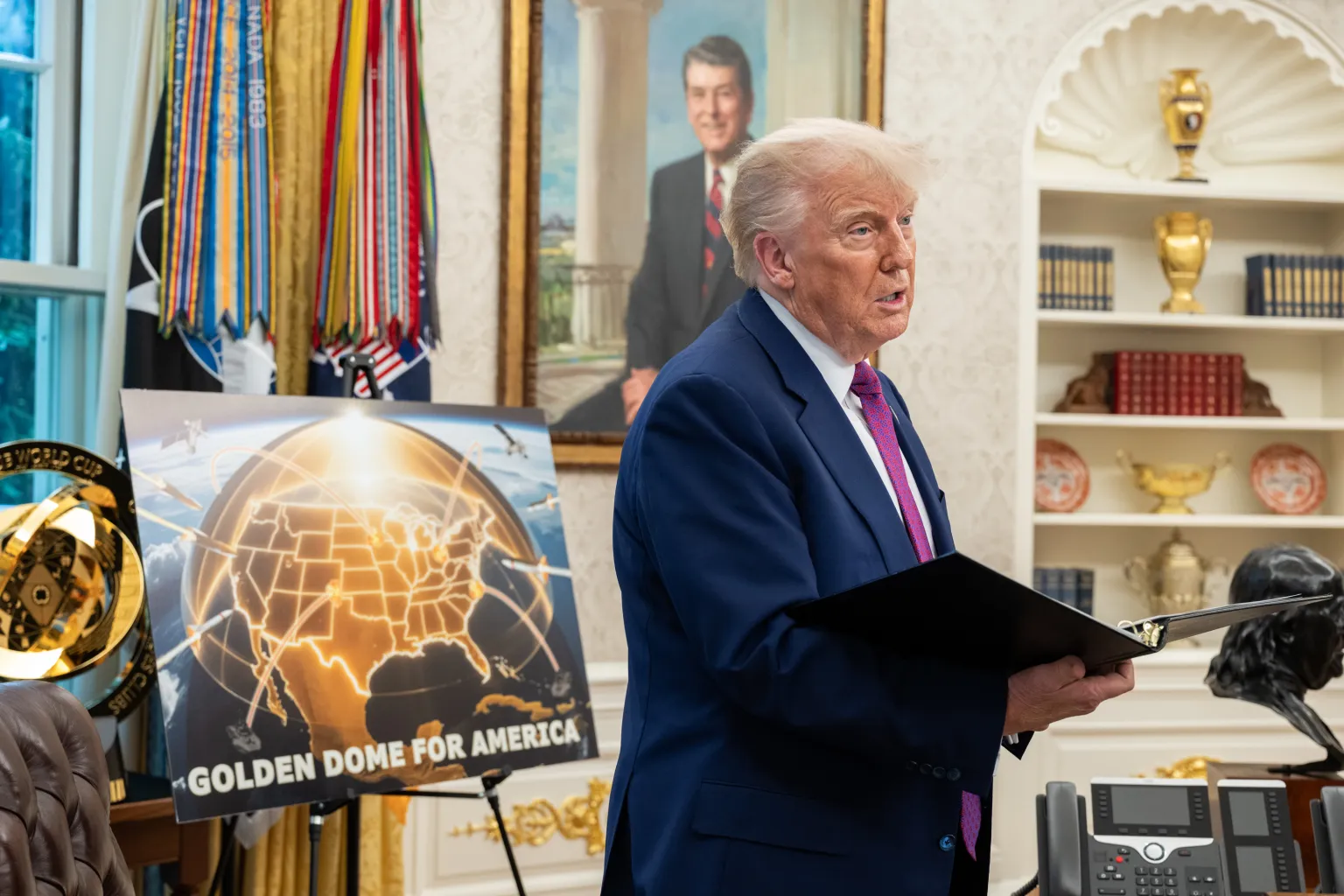House approves package after narrow vote; Democrats oppose deal over lack of extended health subsidies.

President Donald Trump signed into law a short-term funding package that brought to an end what officials described as the longest shutdown of the federal government in U.S. history, after the House of Representatives voted to advance the measure two hours earlier. The Senate had cleared the bill earlier in the week, and the president’s signature will allow many furloughed employees to return to work and restore paused services as agencies begin a staged resumption of operations.
The House passed the funding measure by a vote of 222 to 209, largely along party lines, with the Republican leadership and the White House rallying support despite strong opposition from House Democrats who argued the legislation failed to protect critical health insurance subsidies. Lawmakers and administration officials emphasised that the package restarts aid for nutrition programs, revives elements of the nation’s air-traffic control capacity that had been hampered by the shutdown, and provides for the payment of federal employees who had been idled.
Under the terms of the legislation, government funding will be extended through Jan. 30, a temporary solution that leaves the federal budget on a path that congressional analysts estimate will continue to add substantially to national borrowing in the coming fiscal year. Republican proponents framed the move as necessary to reopen services ahead of the Thanksgiving travel period and to limit longer-term damage to key economic sectors, while critics in both parties warned that a short extension only defers difficult budget choices and preserves uncertainty.
Democrats made clear their displeasure on procedural and policy grounds. They objected that the package did not include an extension of federal health insurance subsidies that had become a central bargaining point during negotiations, and some House Democrats mounted vociferous floor speeches denouncing the deal as inadequate. Republican leaders signalled only that the Senate would take up a separate vote on those subsidies in December, but provided no guarantee that the House would take similar action.
The shutdown, which lasted 43 days, had disrupted a wide range of government services and data flows. Several federal statistical releases were delayed, and the White House warned that certain economic reports covering October — including employment and the consumer price index — might not be recoverable for publication, creating gaps in the official record that could complicate economic analysis in the near term. Economists cited by lawmakers estimated the stoppage shaved more than a tenth of a percentage point from quarterly GDP during the roughly six weeks of lost activity, though many anticipated a degree of rebound in subsequent months.
Political reactions were immediate and divided. President Trump and his allies portrayed the bill’s passage as a necessary corrective to the disruption, while Democrats accused Republican negotiators and the administration of conceding too much without securing protections for healthcare assistance that they said vulnerable families needed. Public-opinion measures cited by observers indicated the electorate was split on responsibility for the shutdown, with roughly half of respondents placing blame on Republicans and a near-equal share faulting Democrats — a political calculus that both parties will weigh as they return to budget negotiations.
The legislation also contains provisions of consequence beyond immediate funding: it retroactively restricts certain uses of officials’ phone records and creates a mechanism permitting senators to seek damages in some cases for alleged privacy violations tied to the January 6 investigation, a concession that had drawn interest from a subset of Republican senators. Those elements, together with the short-term nature of the funding, mean further partisan disputes over appropriations and oversight are likely as lawmakers prepare for the next round of negotiations before the newly established January deadline.
For federal workers, airlines and families dependent on food assistance the near-term effect will be practical and measurable: payroll systems will be restored, flights disrupted by staffing and oversight shortfalls should be stabilised in time for peak holiday travel, and food aid programs will resume distributions. Officials cautioned, however, that the operational recovery will be phased and that full normalisation of services could take several days or longer depending on agency capacity and the backlog created by the shutdown.
As both parties prepare for further negotiations in the weeks ahead, attention will centre on whether Congress can convert the temporary extension into a longer-term budget agreement that addresses health subsidy concerns and broader fiscal priorities, or whether the impasse will return to the floor and resume its place at the centre of partisan contention. In the meantime, the immediate objective achieved by Wednesday’s votes and the president’s signature was to reopen the government and to permit a resumption — albeit cautious and partial — of services and economic reporting that had been disrupted for more than six weeks.
Keep Independent Journalism Alive
In a world flooded with noise, independent journalism is more vital than ever. We work hard to bring you clear, accurate, and unbiased international news — free from corporate or political influence.If you believe in the power of honest reporting, please consider making a donation. Every contribution, big or small, helps us stay independent and keep the world informed.
Support us via PayPalYour support makes a difference.


